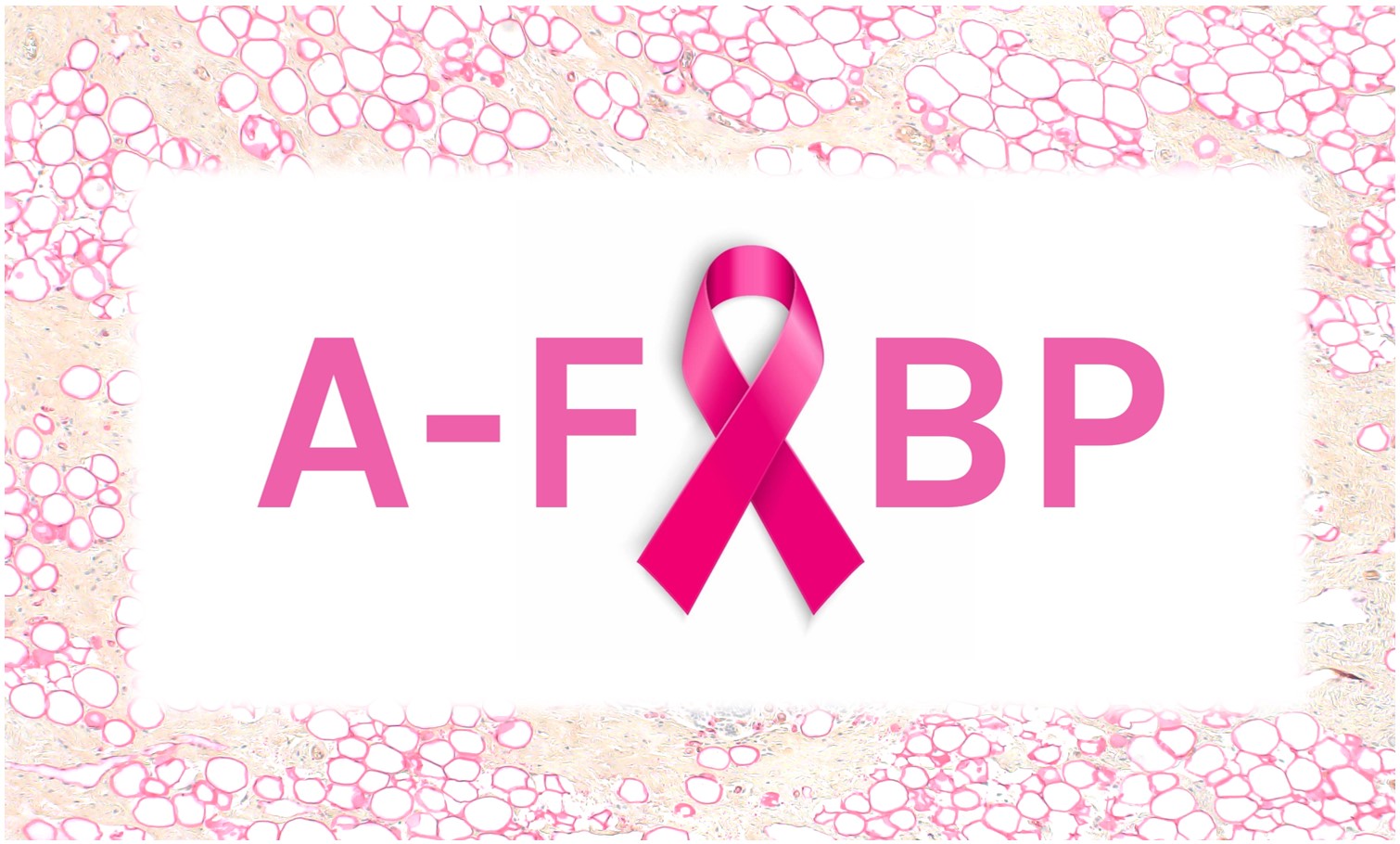A-FABP - MEDOC
A-FABP in Linking Lipid Dysregulation and Breast Cancer Risk
About
Title: Determine the molecular and metabolic mechanisms by which A-FABP links dysregulated lipid metabolism-induced obesity/breast cancer risk
Institution: University of Iowa
Contact PI: Bing Li, PhD
NCI Program Director: Phil Daschner, MSc
NCI Project Scientist: Ed Sauter, MD, PhD
NIH Announcement
Institution: University of Iowa
Contact PI: Bing Li, PhD
NCI Program Director: Phil Daschner, MSc
NCI Project Scientist: Ed Sauter, MD, PhD
NIH Announcement

Abstract
The objective of this proposal is to determine how high fat diet (HFD)-induced lipid dysregulation links obesity with increased breast cancer (BC) risk. Epidemiologic studies have confirmed that obesity increases the risk and mortality of BC, but the molecular mechanisms of obesity/breast cancer associations remain largely unknown. Our recent studies demonstrate that lipid chaperone A-FABP (adipose fatty acid binding protein, also known as FABP4) promotes obesity-associated BC by intracellular regulating pro-tumor activity in tumor associated macrophages (TAMs) and extracellular enhancing aggressive phenotype of BC cells. Thus, A- FABP might represent a new factor linking dysregulated lipid metabolism with obesity/BC risk. Moreover, we observed that obesity can be induced by consumption of different types of HFDs, including saturated fats (e.g. cocoa butter) or unsaturated fats (e.g. olive oil, fish oil). However, only cocoa butter HFD-induced obesity was associated with increased A-FABP expression and mammary tumor growth. These observations suggest a novel concept that not all HFD-induced obesity is tumorigenic. Given the undefined links underlying obesity- induced BC risk, we hypothesized that HFDs rich in saturated fats promote BC risk through A-FABP-mediated immune and metabolic regulations. As such, A-FABP offers a novel therapeutic target and biomarker for obesity-associated BC risk. Three complementary but independent specific aims are designed to address our central hypothesis. Aim 1 is to determine the molecular mechanisms by which different HFDs upregulate A- FABP for BC risk. We will identify which HFDs promote mammary tumor risk and further dissect how the “bad” fat drives intracellular A-FABP expression in TAMs and promotes extracellular A-FABP secretion from adipocytes. Aim 2 is to delineate the downstream metabolic mechanisms of HFD-upregulated A-FABP in BC risk and immunotherapy. We will delineate how intracellular A-FABP in TAMs regulates the FA oxidation (FAO)/HIF2α/PD-L1 pathway for immune suppressive function, followed by delineation of how extracellular A- FABP reprograms lipid metabolic profile in BC cells to enhance their aggressive phenotype. We will further evaluate if blocking A-FABP activity with our unique humanized antibodies improves A-FABP-induced metabolic dysregulation and reduces obesity/BC risk. Aim 3 is to evaluate A-FABP as a biomarker for obesity- associated BC in humans. We will determine the function of A-FABP in peripheral monocytes and measure the levels of soluble A-FABP in serum and A-FABP expression in tumor stroma using specimens collected from lean and obese women with or without BC. Successful completion of this proposal will determine the “bad HFDs” in promoting BC risk and identify the molecular and metabolic mechanisms by which A-FABP mediates the pro-tumorigenic activities in HFD-induced obesity/BC risk.
